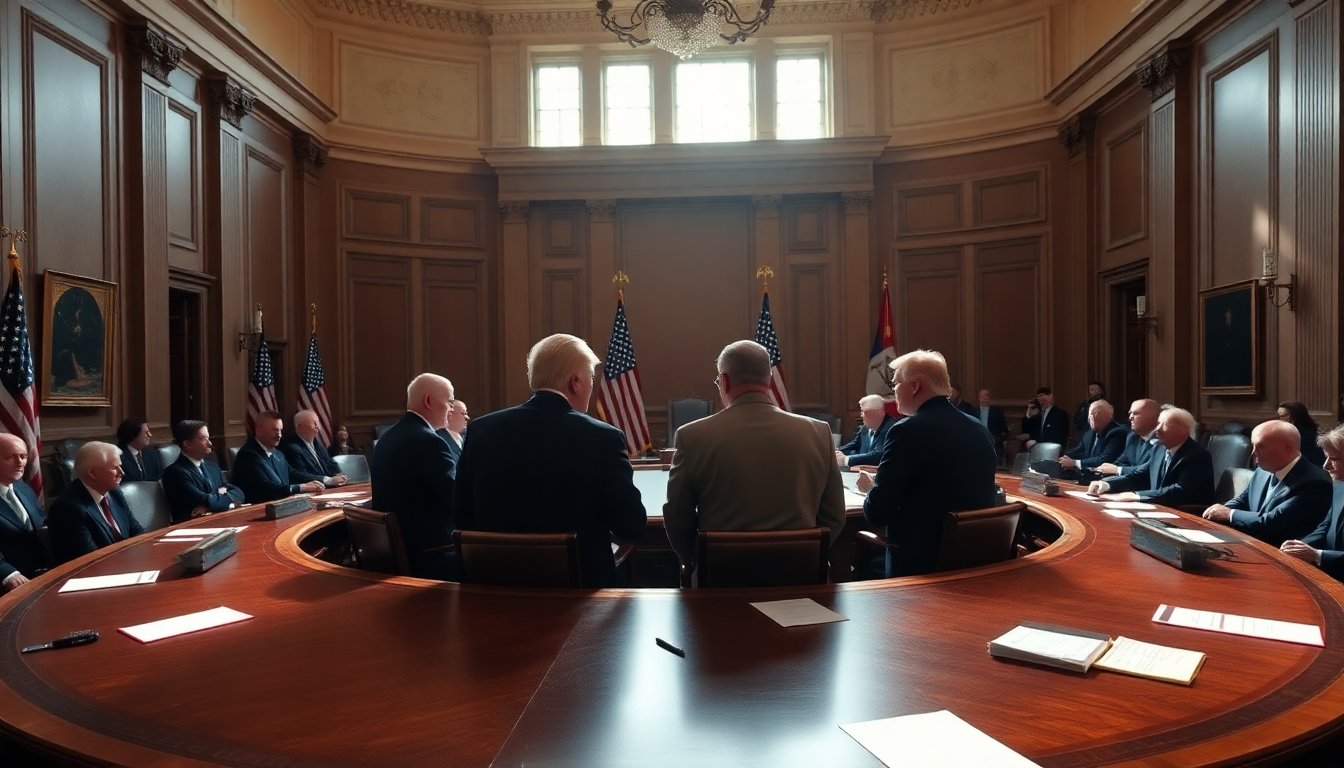Table of Contents
The certification of Donald J. Trump’s election victory by Congress took place with an unexpected sense of calm and efficiency. Unlike the tumultuous scenes observed during the previous election cycle, the recent session led by Vice President Kamala Harris was marked by a lack of drama and protest, illustrating a significant shift in the political landscape.
This contrast between the two election cycles highlights not only the changing political dynamics but also the evolving nature of congressional proceedings. With the nation still addressing the ramifications of the prior elections, the smooth transition observed this time suggests a measure of stability, though it may be short-lived as political tensions continue to simmer.
The certification process: a brief overview
The certification of electoral votes by Congress is a vital component of the democratic process. This session involved a straightforward counting of electoral votes that confirmed Trump’s victory. As Vice President Harris presided over the proceedings, the atmosphere was characterized by professionalism and order.
This year’s ceremony stood in stark contrast to the chaos that erupted during the previous certification process in 2021, which was disrupted by riots. The calm environment allowed for a focus on the procedural aspects of the certification without the threat of disorder.
Significant changes in the political narrative
As the session progressed, it became evident that the political narrative had shifted. The absence of protests and the relative tranquility during the proceedings may suggest a broader acceptance of the election results among various factions within the political spectrum. However, this acceptance should not be misconstrued as a healing of divisions; it reflects a temporary lull in hostilities.
Given the turbulence of the previous election cycle, many observers noted the significance of this calm. The peaceful nature of the certification could be viewed as a necessary step toward rebuilding trust in the electoral process. It also underscores the resilience of democratic institutions in the face of challenges.
Public response and implications
The public’s reaction to Trump’s certification was mixed, reflecting the polarized state of American politics. While some viewed the outcome as a step toward normalization, others expressed skepticism, raising concerns about the integrity of the electoral process. This divergence in public opinion highlights the ongoing divisions that characterize the current political climate.
Analysts suggested that the smooth certification process may have implications for future elections. With a more organized and less contentious atmosphere, there is potential for increased voter participation and engagement. However, this optimistic outlook must be weighed against the understanding that underlying tensions persist.
The road ahead for Congress and Trump
Looking ahead, the effects of this election certification extend beyond mere formality. For Congress, it represents a pivotal moment in re-establishing the importance of bipartisan cooperation, especially given the deeply divided electorate. For Trump, this victory could serve as a platform to consolidate power and further influence the direction of the Republican Party.
As political analysts speculate about the future, it is clear that the coming months will be crucial. The focus will likely shift to how Congress navigates its responsibilities amid a polarized electorate and how Trump leverages his position in the political arena.
This contrast between the two election cycles highlights not only the changing political dynamics but also the evolving nature of congressional proceedings. With the nation still addressing the ramifications of the prior elections, the smooth transition observed this time suggests a measure of stability, though it may be short-lived as political tensions continue to simmer.0


